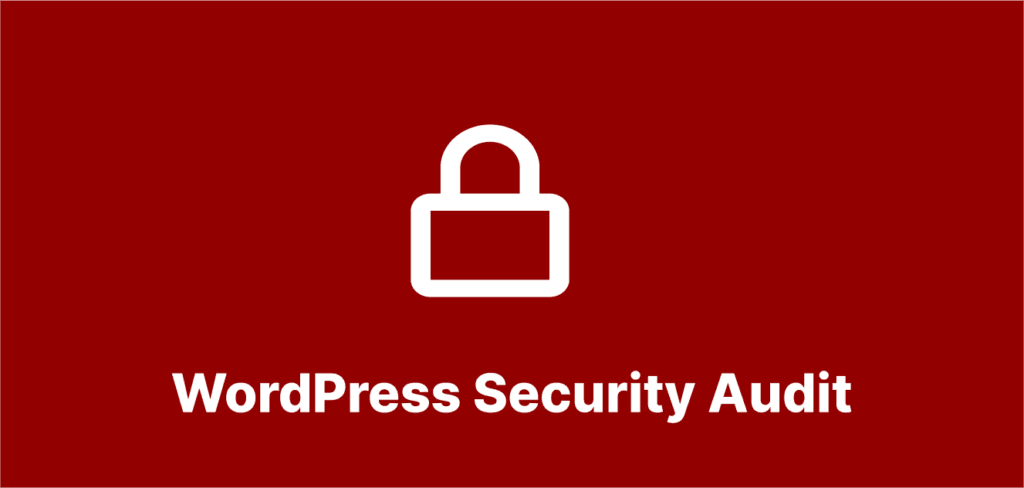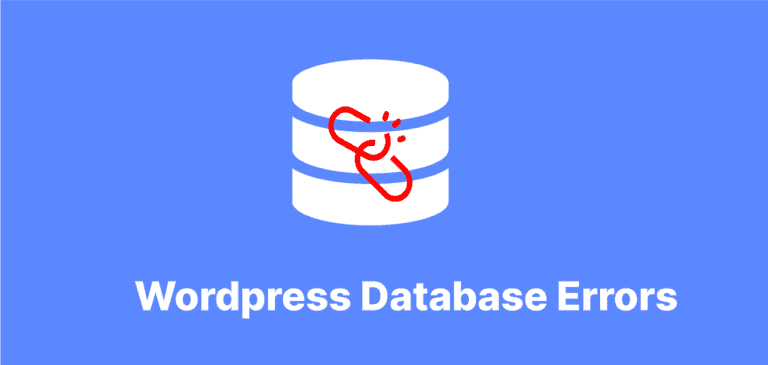Why WordPress Security Audits Are Non-Negotiable for Your Site
In the ever-evolving digital landscape, WordPress powers over 40% of all websites on the internet, making it a prime target for hackers and malicious actors. A single security breach can lead to data theft, site defacement, malware injection, or complete site takeover—potentially causing irreparable damage to your brand reputation and bottom line.
Regular WordPress security audits aren’t just good practice; they’re essential for maintaining site integrity, protecting sensitive data, and ensuring uninterrupted business operations. Yet many site owners either perform inconsistent checks or rely on a “set it and forget it” security plugin approach that leaves critical vulnerabilities unaddressed.
Common WordPress Security Audit Misconceptions
Before diving into creating an effective audit schedule, let’s dispel some common myths:
- “My site is too small to be targeted”: Hackers often use automated tools that don’t discriminate based on site size or popularity
- “I have a security plugin, so I’m protected”: Plugins are valuable but cannot replace comprehensive security audits and human oversight
- “Security audits are too technical for non-developers”: While some aspects require technical knowledge, many crucial security checks can be performed by anyone
- “Once my site is secure, it stays secure”: New vulnerabilities emerge constantly, making security an ongoing process rather than a one-time effort
Essential Components of an Effective WordPress Security Audit
Core WordPress Security Checks
- WordPress Core Updates: Verify your WordPress installation is running the latest version
- PHP Version Verification: Ensure you’re running a supported PHP version
- Database Security Review: Check for unauthorized users and unexpected changes
- File Integrity Verification: Compare core WordPress files against official repositories
Theme and Plugin Security Assessment
- Update Status: Check all themes and plugins are updated to their latest versions
- Abandoned Plugin Detection: Identify and replace plugins that haven’t been updated in the last 12+ months
- Plugin Necessity Evaluation: Remove unnecessary plugins to reduce potential attack vectors
- Theme File Inspection: Check for unauthorized modifications in theme files
User Account and Permission Audits
- User Role Review: Ensure users have appropriate permission levels and no unnecessary admin accounts exist
- Password Policy Enforcement: Verify all users follow strong password practices
- Inactive User Cleanup: Remove or deactivate accounts for users who no longer need access
- Login Activity Monitoring: Review login attempts and unusual access patterns
Server-Level Security Checks
- SSL Certificate Validation: Ensure your SSL certificate is valid and properly configured
- Firewall Configuration Review: Check that firewall rules are appropriate and up-to-date
- Server Software Updates: Verify your web server software is current
- File Permission Verification: Check that WordPress files and directories have correct permissions
Creating a WordPress Security Audit Schedule That Works
Daily Security Checks (15 minutes)
□ Review security plugin alerts and logs
□ Check for successful and failed login attempts
□ Verify site uptime and performance
□ Scan for malware using automated tools
□ Verify recent backups completed successfully
Weekly Security Audit Tasks (30-60 minutes)
□ Update WordPress core, themes, and plugins
□ Review user accounts and recent user activities
□ Check for plugin compatibility issues after updates
□ Verify file integrity with a comparison tool
□ Test key site functionality after all updates
Monthly Comprehensive Audit (2-3 hours)
□ Conduct in-depth malware scans
□ Review and optimize database tables
□ Test restore process with recent backup
□ Evaluate and refine firewall rules
□ Audit all user roles and permissions
□ Check for outdated or abandoned plugins
□ Review server error logs for suspicious activity
Quarterly Security Overhaul (4-6 hours)
□ Conduct penetration testing or hire security professionals for a thorough assessment
□ Evaluate overall security strategy effectiveness
□ Update security policies and documentation
□ Review and update disaster recovery procedures
□ Implement new security measures based on emerging threats
□ Conduct security training for team members
Top WordPress Security Audit Tools for 2025
Comprehensive Security Plugins
- Sucuri Security: Offers malware scanning, file integrity monitoring, and security hardening
- Wordfence Security: Provides robust firewall protection and malware scanning
- iThemes Security Pro: Offers 30+ ways to secure and protect your WordPress site
- MalCare: Focuses on malware detection and cleaning without slowing down your site
Specialized Security Audit Tools
- WPScan: A WordPress vulnerability scanner that checks for known security issues
- Query Monitor: Helps identify database queries that could indicate security issues
- Activity Log: Tracks user activity and changes made to your WordPress site
- SSL Insecure Content Fixer: Identifies and fixes mixed content warnings
Implementing Your WordPress Security Audit Schedule
Assign Clear Responsibilities
For solo site owners:
- Block dedicated time in your calendar for security tasks
- Consider using recurring task management tools like Todoist or Asana
For teams:
- Clearly define who is responsible for each security aspect
- Document procedures in a shared security runbook
- Implement accountability measures for missed security tasks
Automate Where Possible (But Don’t Rely Solely on Automation)
// Example snippet for a function that emails an admin when core updates are available
function check_wordpress_updates() {
require_once(ABSPATH . '/wp-admin/includes/update.php');
$update_data = wp_get_update_data();
if ($update_data['counts']['total'] > 0) {
$to = get_option('admin_email');
$subject = 'WordPress updates available on ' . get_bloginfo('name');
$message = 'There are ' . $update_data['counts']['total'] . ' updates available.';
wp_mail($to, $subject, $message);
}
}
add_action('wp_version_check', 'check_wordpress_updates');
Document Everything
Create and maintain:
- Security policies and procedures
- Audit logs and findings
- Remediation actions taken
- Incident response plans
Adjust Based on Your WordPress Site’s Risk Profile
Factors affecting your audit frequency:
- E-commerce functionality (requires more frequent audits)
- User registration capabilities
- Custom code implementation
- Regulatory compliance requirements (GDPR, HIPAA, etc.)
How to Respond to Security Issues Found During Audits
Severity Classification System
- Critical: Requires immediate action (active intrusion, data breach)
- High: Address within 24 hours (vulnerable components with known exploits)
- Medium: Resolve within one week (outdated components, minor vulnerabilities)
- Low: Schedule for regular maintenance (minor configuration issues)
Create an Incident Response Plan
- Containment: Limit the damage (temporarily take site offline if necessary)
- Eradication: Remove malware and fix vulnerabilities
- Recovery: Restore clean backups and verify integrity
- Post-Incident Analysis: Document what happened and improve procedures
Testing Your Security Response
Regularly simulate security incidents to:
- Ensure your team knows how to respond
- Identify gaps in your response procedures
- Measure response time and effectiveness
Measuring the Success of Your WordPress Security Audit Schedule
Key Security Metrics to Track
- Time to detect: How quickly are issues identified?
- Time to resolve: How quickly are vulnerabilities patched?
- Security incidents: Track the number and severity over time
- Failed login attempts: Monitor and identify patterns
- Vulnerable components: Track the number of outdated or vulnerable plugins
Using a Security Scorecard
Create a simple scoring system to track improvements:
- Start with a baseline security assessment
- Assign points for each security measure implemented
- Reassess quarterly to measure progress
- Set target scores for different areas of security
Common Obstacles to Consistent WordPress Security Audits
Time Constraints
Solutions:
- Break audits into smaller, manageable tasks
- Use automation tools for routine checks
- Consider outsourcing certain aspects to security professionals
Technical Knowledge Gaps
Solutions:
- Invest in security training for your team
- Use more user-friendly security tools
- Hire consultants for complex security assessments
Budget Limitations
Solutions:
- Prioritize critical security measures
- Leverage free and open-source security tools
- Consider the cost of a breach versus preventative measures
Conclusion: Building a Security-First WordPress Culture
An effective WordPress security audit schedule isn’t just about checking boxes—it’s about fostering a culture where security is integrated into every aspect of your website management. By following the structured approach outlined in this article, you can create a security audit routine that actually works and provides meaningful protection for your WordPress site.
Remember that security is a journey, not a destination. Threats evolve, and so should your security practices. Regular audits, when properly implemented and maintained, will significantly reduce your risk exposure and help ensure your WordPress site remains secure, functional, and trusted by your users.
FAQs About WordPress Security Audits
Q: How long does a typical WordPress security audit take? A: A basic daily check can take 15 minutes, while a comprehensive monthly audit might require 2-3 hours. The time investment decreases as you become more familiar with the process.
Q: Can I completely automate my WordPress security audits? A: While many aspects can be automated, human oversight remains essential. Automated tools can miss context-specific issues and may generate false positives.
Q: What’s the minimum security audit schedule for a small blog? A: Even small blogs should perform weekly updates and monthly comprehensive security checks. The stakes are too high to neglect security, regardless of site size.
Q: How do I know if my WordPress site has been compromised? A: Signs include unexpected admin users, strange redirects, site performance issues, unusual files in your directories, and Google blacklisting warnings.
Q: Should I hire a professional for WordPress security audits? A: For high-value or complex sites, professional security audits provide an additional layer of protection. Consider a quarterly or semi-annual professional assessment to complement your regular security routine.




